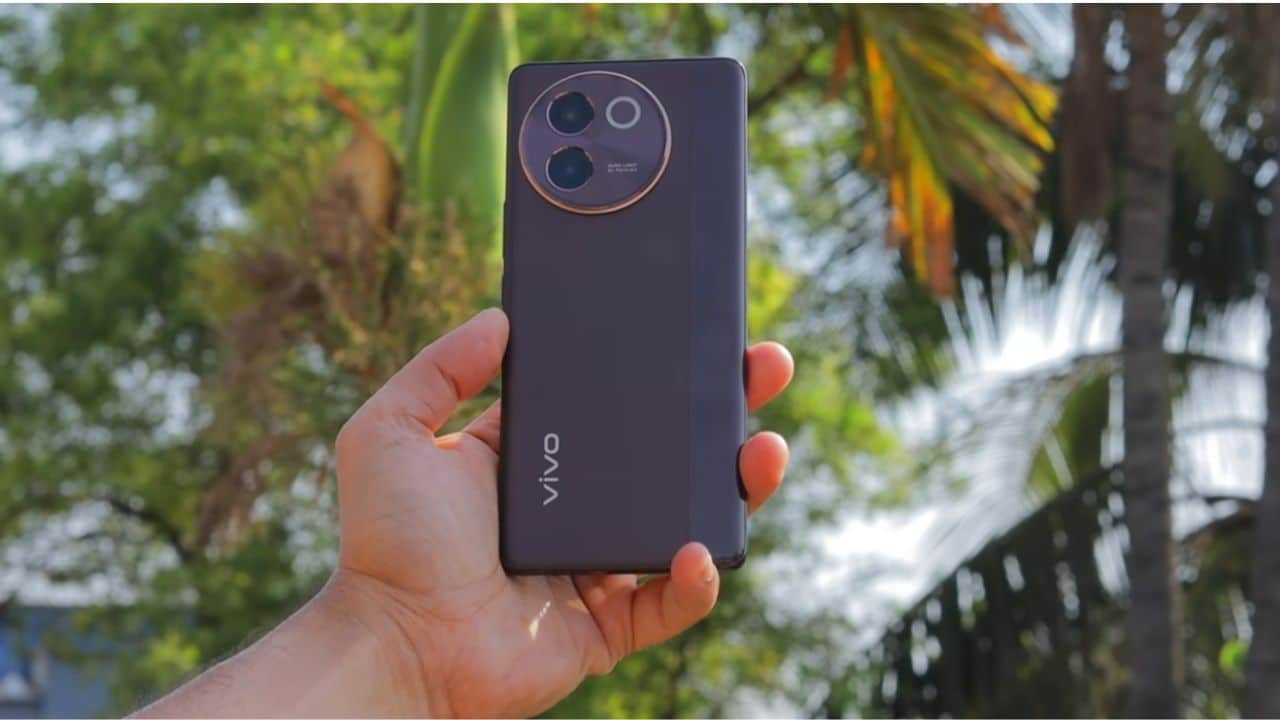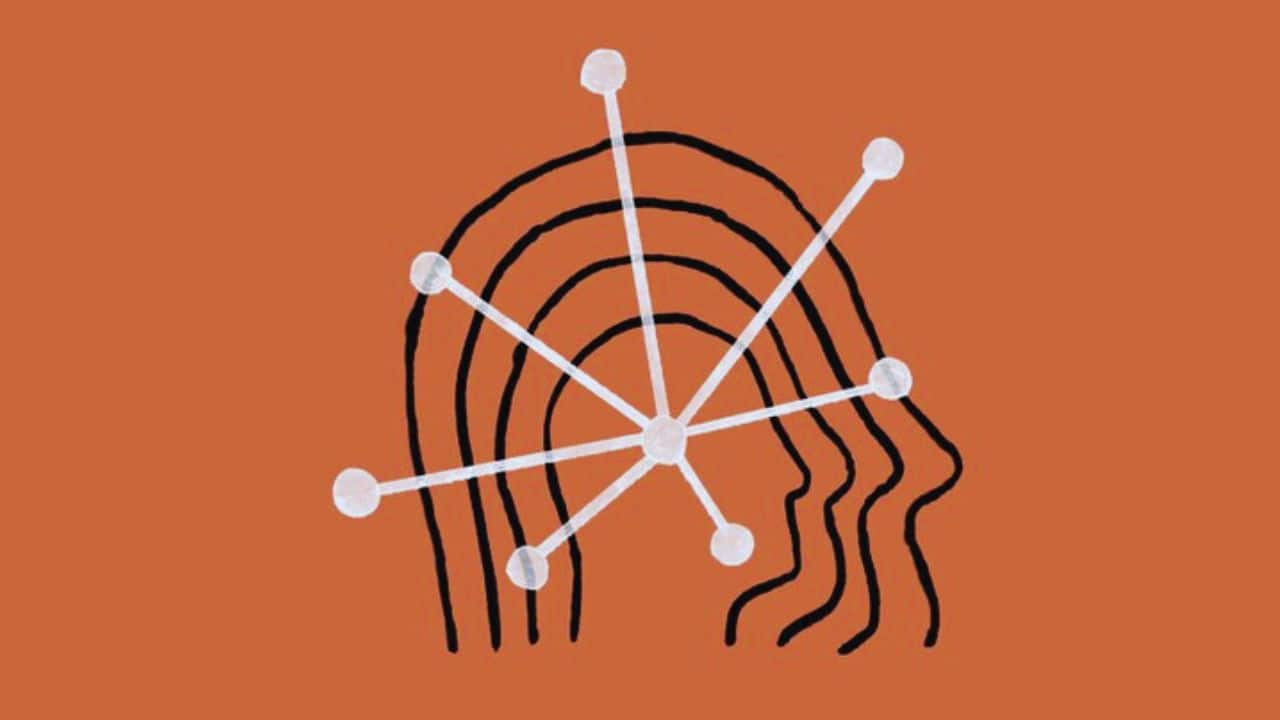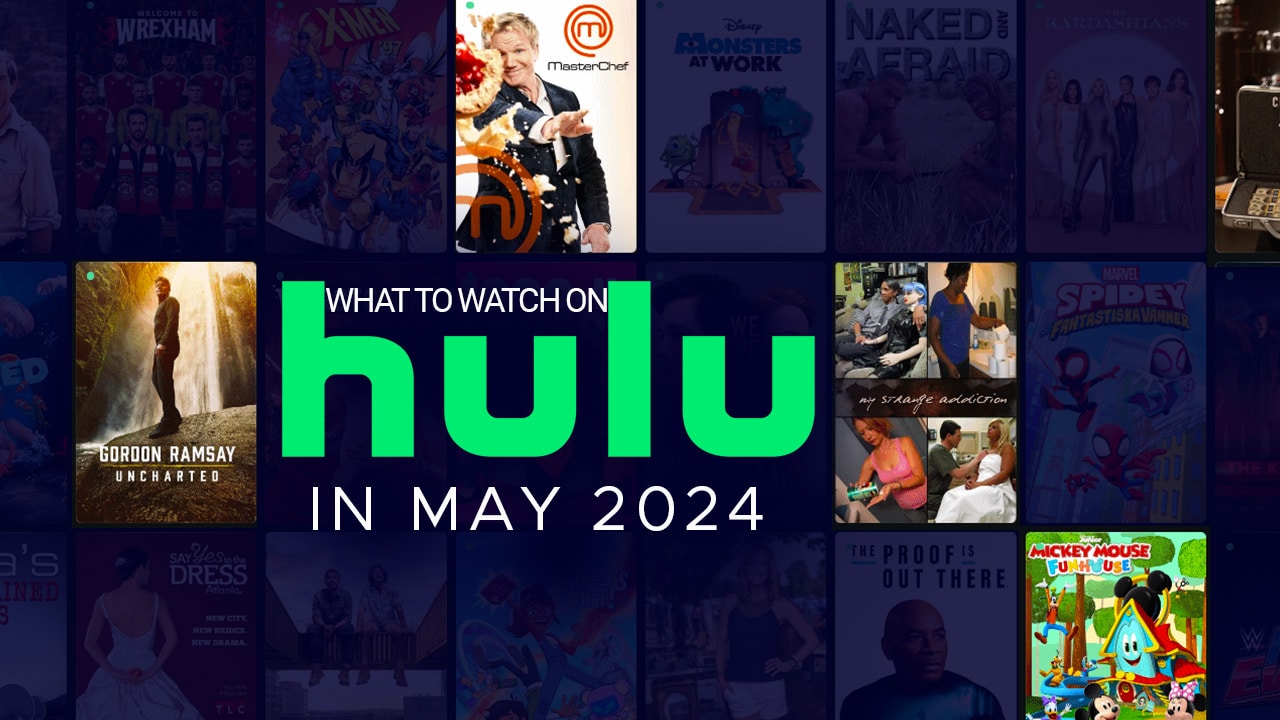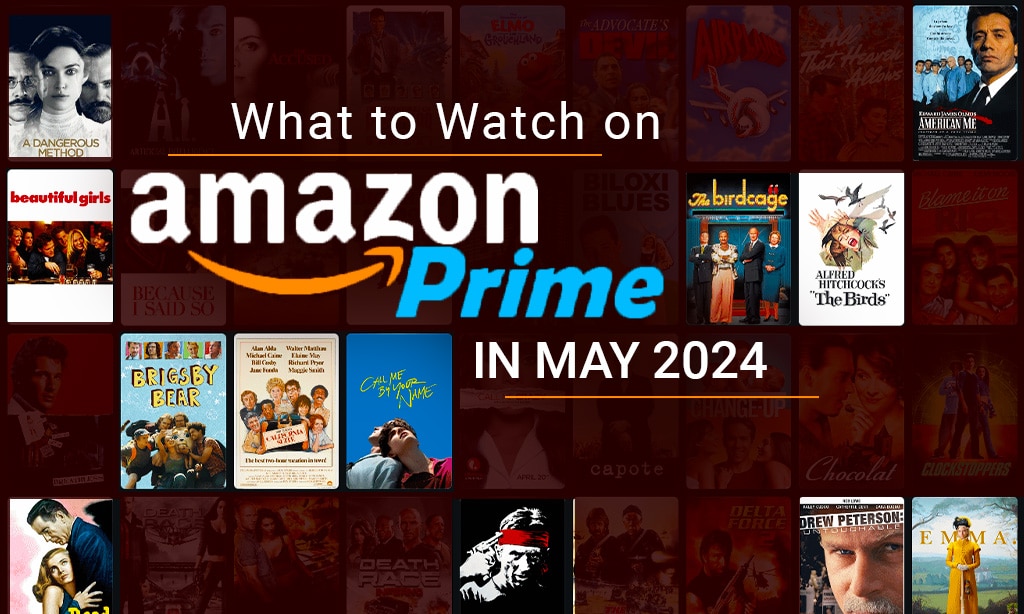Behind Google’s dominance as the world’s information gateway lies its prodigious artificial intelligence capabilities for organizing and interpreting global knowledge. But as search behaviors evolved, Google recognized that satisfaction now hinged on intuitive comprehension, not merely keyword matches.
This catalyzed a paradigm shift led by Google’s Semantic Search, a technology aspiring to emulate human understanding through language networks tracing meanings hidden within search queries. It powers more conversationally interactive experiences that align closer to how our minds actually think.
This article explores what fuels Google’s steady march toward search, powered by language capable of reasoned debate. We analyze semantic search’s AI foundations, how it harvests insights from natural language queries, and its integration across products like Google Assistant, augmenting its knowledge graph.
Read on for an in-depth look at the capabilities positioning Google at technology’s apex, striving toward the highest echelons of artificial general intelligence through language mastery.
Content Highlights
- Google’s semantic search initiatives leverage AI like BERT for querying with nuanced natural language understanding vs. blunt keyword matching.
- Question analysis identifies user intent, contextual entities, and relational subtleties for filtering to optimal results.
- Knowledge graphs and generative models keep advancing NLP from rigid to more flexible, human-like language mastery.
- Conversational systems like Google Assistant increasingly benefit from semantic search advancements that surface relevant insights.
- Architectures pursuing unified, generalizable intelligence point toward seamless voice-driven information experiences.
Google’s Semantic Search and NLP Understanding at a Glance
| Function | Capability | Application |
| Knowledge Graph | Structured data on people, places, and topics | Enhanced entity understanding in Assistant/Search |
| BERT Models | Contextual NLP for language comprehension | Reduce ambiguous or vague queries via semantics. |
| Query Understanding | Identify intent, entities, and relationships in search questions. | Deliver intelligent answers, not just blue links. |
The Quest for Conversational Search
Since its earliest days, Google has recognized that keyword hunting has limited enriching engagement between users and an exponentially expanding information universe. This birthed a vision for search capable of natural, intuitive dialogue through typing or speech—finding answers, not just websites.
But achieving human-like comprehension at the web-scale poses immense technical barriers around ambiguity, context, and reasoning. Breakthroughs in artificial intelligence offered potential pathways, if strategically directed toward language system designs.
Google conceived the Knowledge Graph in 2012 as their pioneering foray into semantic search, augmenting queries with underlying meaning via a vast data structure identifying people, places, topics, and their interconnected relationships. This contextual understanding fuels more relevant results aligned with true user intent, a major evolutionary step.
Still, complex questions remained perplexing for algorithms to decode without real-world knowledge linguistically. Could machine-learning networks ever exhibit true comprehension? Google’s elite AI teams set out to find out.
The Machine Learning Brains Behind Google’s NLP

In 2018, Google researchers developed breakthrough network architecture **BERT (Bidirectional Encoder Representations from Transformers)**, setting performance records on language understanding tasks. It analyzes words simultaneously left-to-right and right-to-left in order to mimic how people incorporate contextual cues.
This nuanced capacity to incorporate sentence-level semantics trained BERT models to deeply comprehend texts, not just keyword match statistically. BERT marked a seismic shift from rigid rules-based NLP toward AI that is flexible, creative, and contextual, like human language faculties.
Google continually fine-tunes new BERT iterations against its towering index-absorbing linguistic complexities. Billions of conversational queries provide invaluable real-world data, revealing cultural subtleties no textbook encodes.
Integrated across Google’s products, BERT-derived algorithms enable Assistant to parse intents behind commands or Search to highlight result nuances, showcasing AI advancing toward reasoning, not just reacting.
Inside Google’s Question Understanding Systems
Harnessing search data and BERT’s comprehension capabilities, Google trains dedicated models to dissect queries for:
Intent Identification
Categorize the purpose behind variable questions into archetypes like the need for basics (“who is __”), definitions (“what is quantum computing”), comparisons (“how chess and backgammon differ”), recommendations (“best budget laptop for students”), etc.
Entity Recognition
Pinpointing the people, places, topics, and events referenced, no matter how convoluted the description, like “a film by the director of nightmares before Christmas about an unusual Edward Scissorhands character,” correctly identifies Tim Burton’s 1990 classic.
Relation Detection
Determine the connections and conflicts between the entities the question hinges on. Does the asker want results related to both subjects or specifically contrast them? This grounds the scope for inference.
Deconstructing queries so rigorously filters noise to spotlight true user needs. Google synthesizes these signals into optimized search experiences. If you want you can also read- Google Search Rolls Out AI-Powered English Language Learning Tools
Semantic Search in Action Across Google Products
Semantic insights uplift search results through granular filtering (year, genre for films) and contextual snippets demonstrating comprehension versus keyword matching, which risks irrelevant hits.
Streamlining the Google Assistant
Conversational interfaces like Assistant thrive on advanced NLP as touchpoints grow via homes, cars, and phones. Disambiguating “play a song about New York” to cue Sinatra, not Alicia Keys, relies on semantic reasoning, unlike stilted legacy assistants.
Nurturing “Multitask Unified Models”
Google’s latest MUM architecture trains single-colossal models on multi-domain data for interconnecting insights. This allows perceiving semantic complexities across text, images, and speech, absent siloed learning. Advancing a unified understanding remains ongoing.
By integrating semantic models throughout products, Google edges closer to conversational systems, manifesting well-rounded intelligence—a monumental challenge requiring balancing depth and breadth.
The Frontiers Yet Unexplored
Despite astronomical progress in teaching algorithms linguistic awareness, semantic search remains imperfect. Subtleties around sarcasm, cultural lexicons, and complex reasoning reveal how narrowly AI comprehension extends currently.
But incremental advances accumulate. Google constantly iterates upon its NLP foundations, now augmented by pathways like reinforcement learning, allowing models to debate themselves trillions of times for honing reason.
Its central advantage resides in its search data breadth, which exposes algorithms to humanity’s dizzying diversity. Coupled with computational scale and engineered architecture, Google’s semantic search shifts from reactive to proactive, feeling less programmed and more intuitive.
The next horizon will involve generative language models like DeepMind’s Gopher architecture, which addresses novel environments and abstraction beyond its training. This fluidity remains the final frontier but within Google’s sightline this decade. Additionally, you can also read about- Google Search Labs Releases New “Notes” Feature: How It Works, Concerns, and Potential
Takeaway
From Knowledge Graph to BERT to MUM, Google’s semantic search capabilities continue to reach unprecedented sophistication in mimicking the fluidity of human language. Query understanding has graduated from keyword matching to intent detection, entity analysis, and relationship mapping.
The quest toward conversational systems that manage information interactively like a helpful assistant manifests incredible technological complexity but promises immense value in unlocking engagement with information rather than searching across it.
With AI performance milestones falling rapidly across companies like Anthropic and DeepMind, the future points toward a race between tech giants to deliver the first seamless voice interface rivaling human discussion abilities in open domains.
And Google’s strategic investments across search data, engineering brainpower, and machine learning infrastructure position it firmly in the driver’s seat, steering AI toward that lingual destination.
Frequently Asked Questions
1. How is semantic search different from traditional search?
Rather than just keyword matches, semantic search incorporates natural language understanding behind queries to discern true user intent through context, desired information type, potential entities involved, etc. This delivers more conversational, relevant results.
2. What fueled the advancement of semantic capabilities recently?
Breakthrough NLP model architectures like Google’s BERT allow exponentially greater comprehension of language via transformers, attention mechanisms, and bi-directionality instead of rigid rule-based systems. Their integrations into search analytics brought immense leaps.
3. What are some limitations around semantic search presently?
While vastly improved, algorithms still struggle with cultural nuances, witty use of language, detected sarcasm, niche lexicons, or highly complex reasoning revealing brittleness. But iterative data training on Google’s vast query corpus pushes boundaries daily.
4. What was a seminal moment for semantic search at Google?
The 2012 introduction of its Knowledge Graph, which compiled vast amounts of relationships between people, places, and topics, signaled Google’s intent toward searching with an enhanced understanding of entities and contexts rather than purely keywords that transform results.
5. What does the future look like for semantic search capabilities?
With models mastering narrow tasks, unified architectures like DeepMind’s Gopher aim to blend strengths, achieving well-rounded, generalizable intelligence. This could enable vastly more untethered conversational interfaces via search, voice assistants, and chatbots.






































